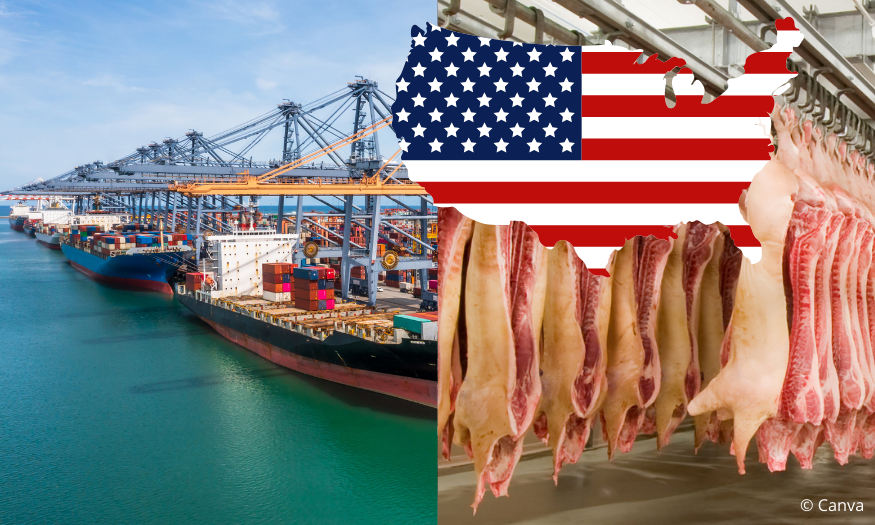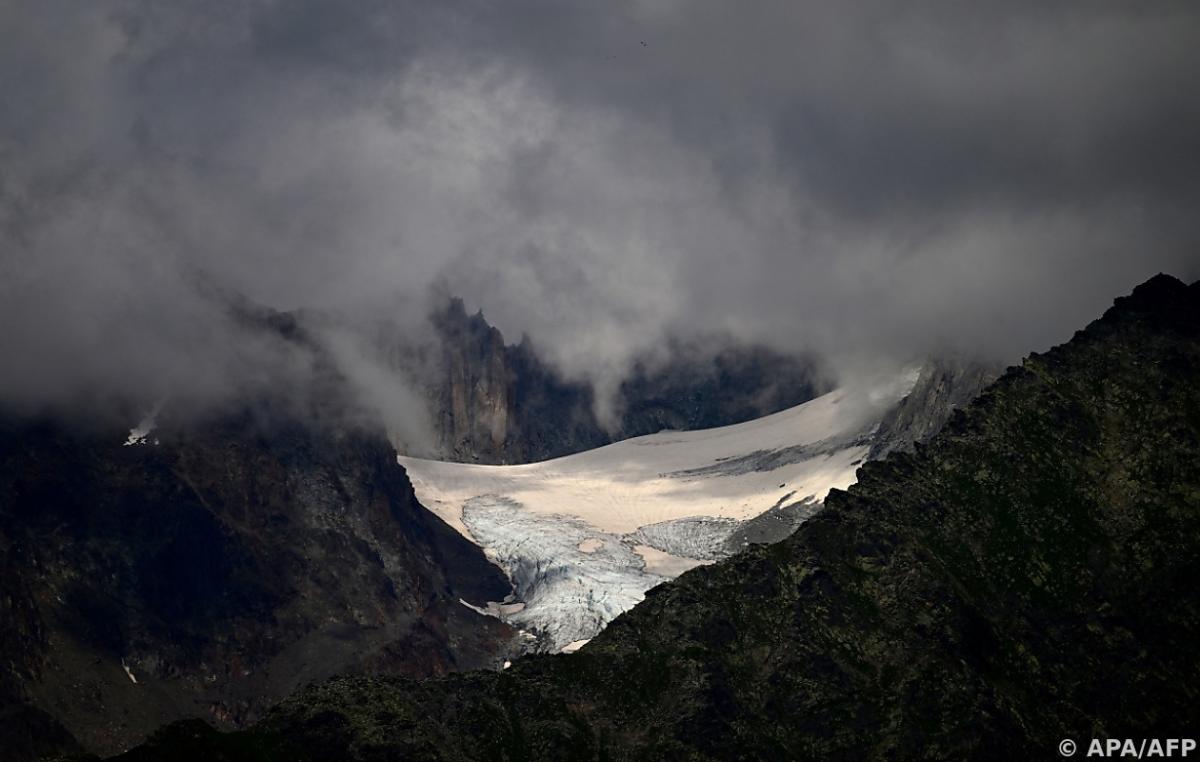Glaciers around the world could lose up to half of their surface area by the end of the century. The consequences for the resulting ecosystem remain uncertain, as a study published Wednesday in the popular journal “Nature” shows. According to the analysis, depending on the extent of global warming, an area from three and a half to eight times the size of Switzerland, which in turn is half the size of Austria, will become ice-free as a result of the retreat of the ice. glaciers.
This leads to one of the fastest changes in ecosystems on Earth, said glaciologist Matthias Haas of the Swiss Federal Institute of Technology in Zurich (ETH Zurich) on Wednesday. So far, according to Höss, studies have focused on melting ice blocks. In the new study, the multidisciplinary team from France and Switzerland focused on the ecology of newly emerging regions that are now ice-free.
Haas stressed the importance of understanding these post-glacial ecosystems. In the future, these areas could provide a sanctuary for cold-adapted species that are being displaced elsewhere by warming. According to the study, biodiversity can increase locally. It can also increase the rate at which energy is converted into organic matter.
“These new ice-free areas must be protected,” the glacier researcher demanded. Today, less than half of the frozen regions are protected. It is important to think about what happens to these areas in time. However, according to the researcher, the protection of the remaining glaciers is also important. “Glacier retreat by itself is no longer possible,” Haas said. “But a large part of the glacier could still be preserved.”
As the researchers’ modeling shows, glacier retreat will continue at a similar rate through 2040, regardless of the climate scenario. After that, estimates vary, depending on what climate protection measures are being taken. While the area could halve by 2100 without measures, the analysis shows that with strong climate protection measures, glacier loss could be limited to 22 percent.
For the analysis, the researchers used a global glacier evolution model to examine the projected evolution of glaciers beyond the Antarctic and Greenland ice sheets in the 21st century. Glacier charts, digital terrain terrain models, and climate data were used to predict the response of each individual glacier to climate scenarios up to the year 2100.
The model also predicted the characteristics of evolving ecosystems. From Switzerland, ETH Zurich, the University of Freiburg and the Swiss Federal Institute for Forest, Snow and Landscape Research (WSL) participated.

“Food practitioner. Bacon guru. Infuriatingly humble zombie enthusiast. Total student.”







More Stories
A raid on AfD man Maximilian Krah
Missile problems prevent Starliner from taking off
Chinese flares: Fighter jet harasses Australian military helicopter